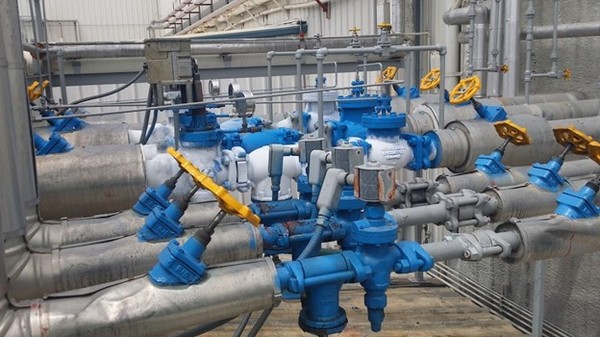Auditing Elements: Process Safety Information (Part 4)

In this compliance audit blog series, we have decided to focus on each program element. If you plan to lead an audit, these lists will be instructional for you. But if you want to prepare for an upcoming audit, these lists will give you an idea of what to expect.
Process safety information often takes the longest to audit. This program element is unique in how many prescriptive subcomponents are contained within the requirement. While spot-checking is an acceptable method for auditing program implementation, each element of PSI should be reviewed individually.
Here are some ways in which PSI might be audited:
- Confirm the safety data sheet is accurate and up to date.
- Compare the maximum intended inventory calculation to what is listed on the RMP Submit.
- Compare the operating limits in PSI to the operating limits in the SOPs.
- If ASME-certified pressure vessels or heat exchangers are involved, ensure all U-1, U-1A, or U-3 forms are on file.
- Compare the physical measurements of an equipment component to system documentation (e.g., compare a high pressure receiver’s length and diameter to what is shown on the P&IDs, U-1A form, relief system design, etc.).
- Print out the P&IDs and walk the process spending time to verify the information is accurate.
- Review the design codes and standards documentation to ensure it aligns with the codes and standards applicable when the system was installed or modified.
- If a gas detection system has been installed, ensure a functional description is included with the safety systems.
This is Part 4 of a series on compliance audits. You can access previous blogs in this series below:
- Part 1: Compliance Audit Overview
- Part 2: Compliance Audit Team & Sessions
- Part 3: Compliance Audit Documentation

Leave a Reply